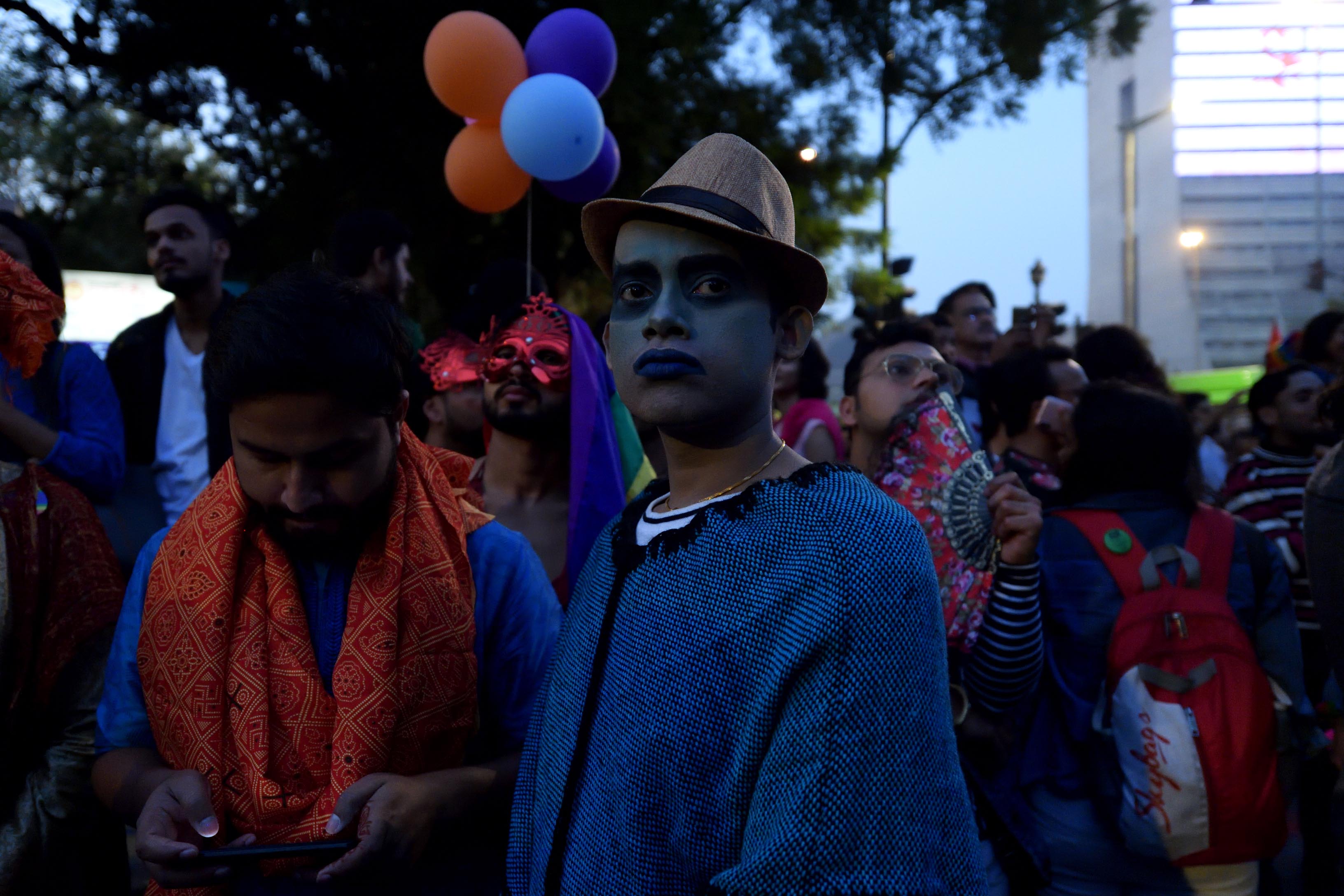In India
Seeking Marriage Equality

What is currently taking place at the Supreme Court of India is nothing short of a historical moment. After the Supreme Court decriminalized Section 377 of the Indian Penal Code and held that same-sex conduct between two consenting adults would not be a criminal offence, it is now hearing 19 petitions which have been filed seeking marriage equality and legal recognition of marriage between two persons, irrespective of their sexual orientation or gender identity.
The petitions are being heard by a five-judge Constitutional Bench. While there are almost 19 different petitions filed seeking relief under different marriage laws including the Hindu Marriage Act 1954, the Supreme Court has declared it will only consider petitions seeking marriage between any two persons under The Special Marriage Act, 1954 (“SMA”), which is a civil law for marriage and will not consider marriage under religious personal laws.
In these petitions which seek to recognize marriage for all LGBTQIA+ persons in India, some of the main issues raised revolve around equality, the Right to Life which includes the Right to Marry and the Right to Have a Family, and the Right to Dignity. Section 4(c) of the SMA refers to terms such as ‘man’ and ‘woman’ and ‘husband’ and ‘wife’ and therefore recognizes marriage only between a heterosexual couple. The petitions claim that these references to man and woman should be read to include ‘persons’ and the references to husband and wife be read to include ‘spouse’. It has been argued that under the Indian Constitution, the Supreme Court has recognized the Right to Marry as a fundamental right under the Right to Life under Article 21 and as an integral part of the Right to Privacy guaranteed under all the fundamental rights. It is also argued that non-recognition of the Right to Marry would amount to discrimination on the grounds of sexual orientation and gender identity, both of which have been read into discrimination on the basis of ‘sex’ under Article 15 (1) of the Constitution. If members of the LGBTQIA+ community are not legally entitled to marry, they would be denied all marriage-related benefits which are applicable to married spouses only.
The Union of India is strongly opposing any legal recognition of marriage between two consenting adults of the same sex. At the very outset, it claimed that the demand for legal recognition of such marriages was an ‘urban-elitist’ idea. The government has stated that marriage under the SMA is only between a biological man and a biological woman and only contemplates heterosexual marriage, and any reading of the word ‘spouse’ or ‘person’ within the SMA would amount to legislating, which it argued was only within the domain of the legislature and not the courts. It claimed there is no positive obligation for the State to regulate or recognize all forms of social relationships which may be dynamic in nature and also in some cases be legislatively impossible to recognize or regulate. It also stated there does not exist an absolute “fundamental right to marriage”, which is necessary to be recognized by the State by making a law or otherwise, and hence the LGBTQIA+ community cannot claim any Right to Marry to be extended to them.
The Supreme Court is still hearing the arguments in these petitions, and it will take some time before the Apex Court delivers any verdict. While we await the decision of the Supreme Court with bated breath, a lot is at stake for the LGBTQIA+ community in India. Irrespective of the final outcome, these cases and hearings have generated a national debate on the need to recognize marriage equality which is nothing short of remarkable. A favorable decision would make India the third country in Asia to recognize marriage for LGBTQIA+ persons with the other two countries being Taiwan and Nepal. What is even more remarkable is that if the Supreme Court does pass a favorable decision it will make India one of the world’s largest democracies to recognize it and its impact will certainly be felt the world over.
